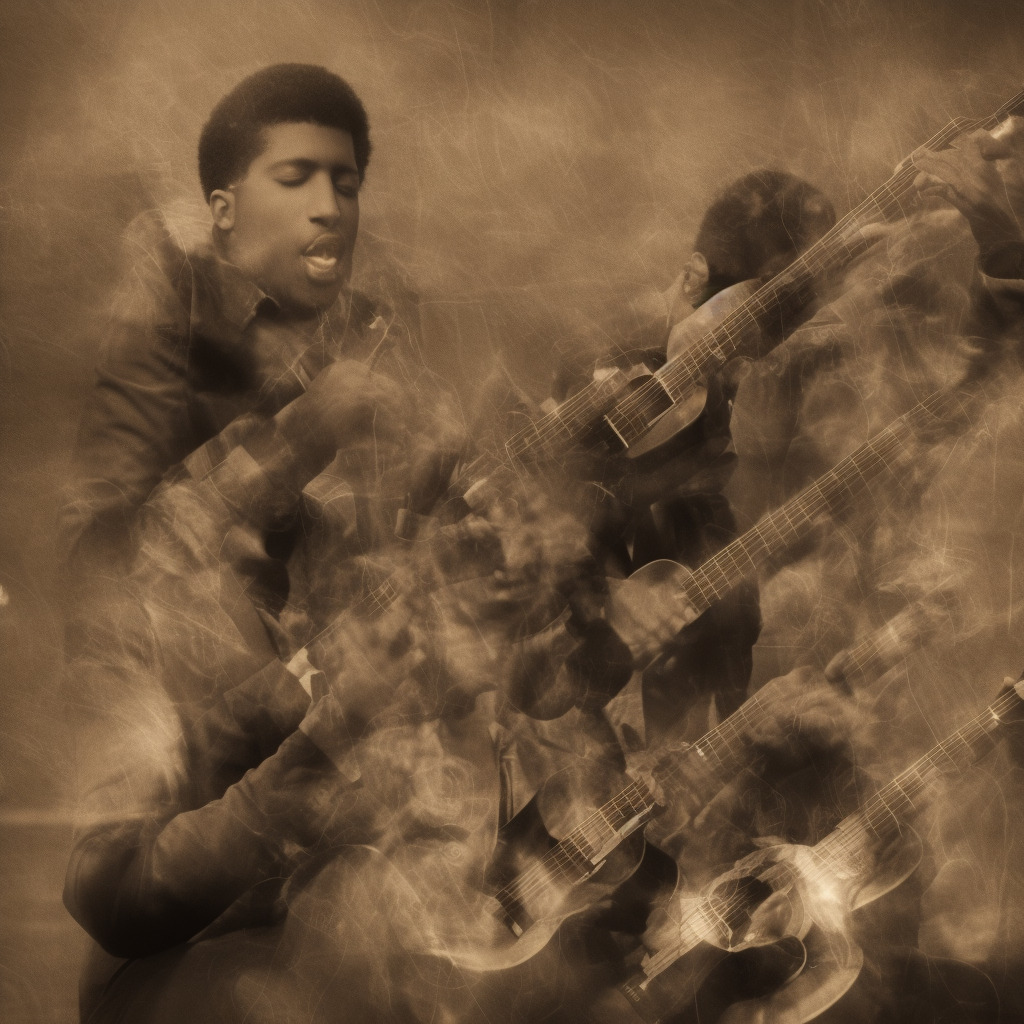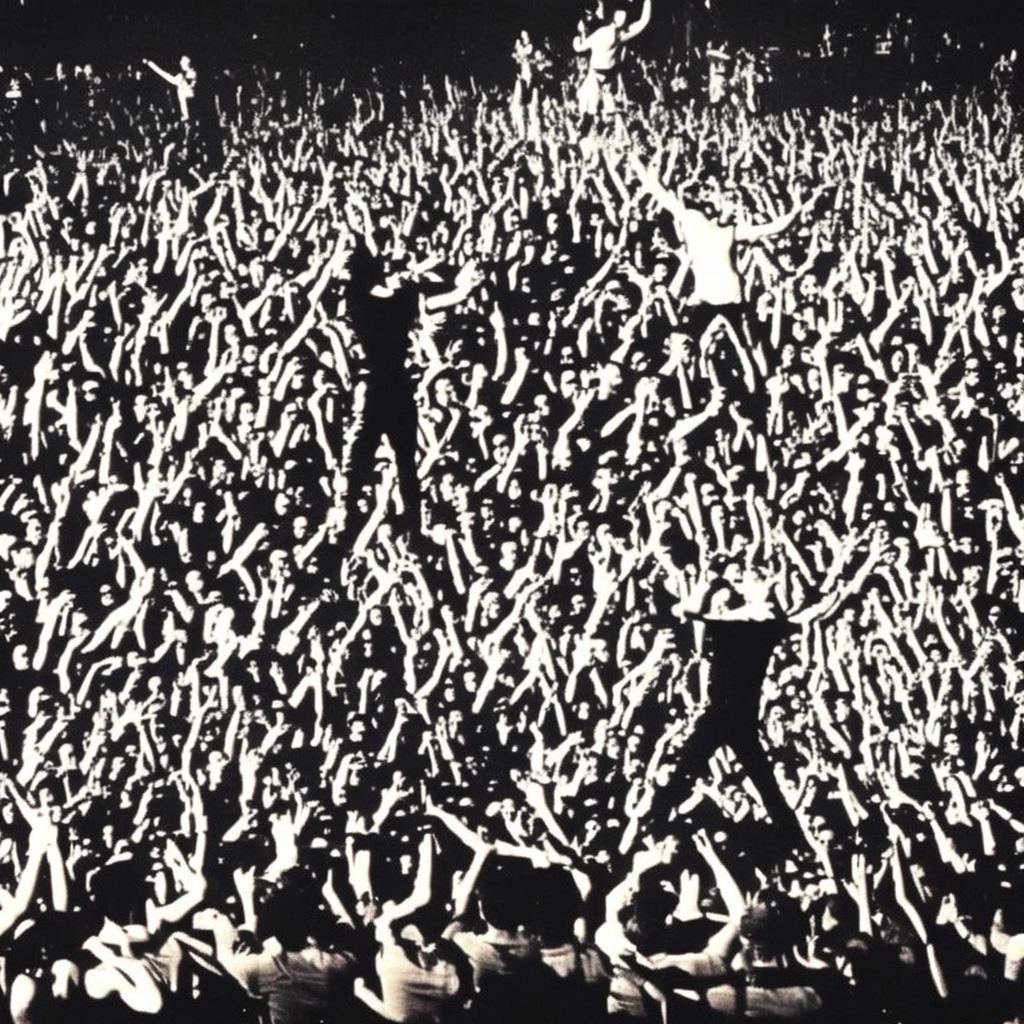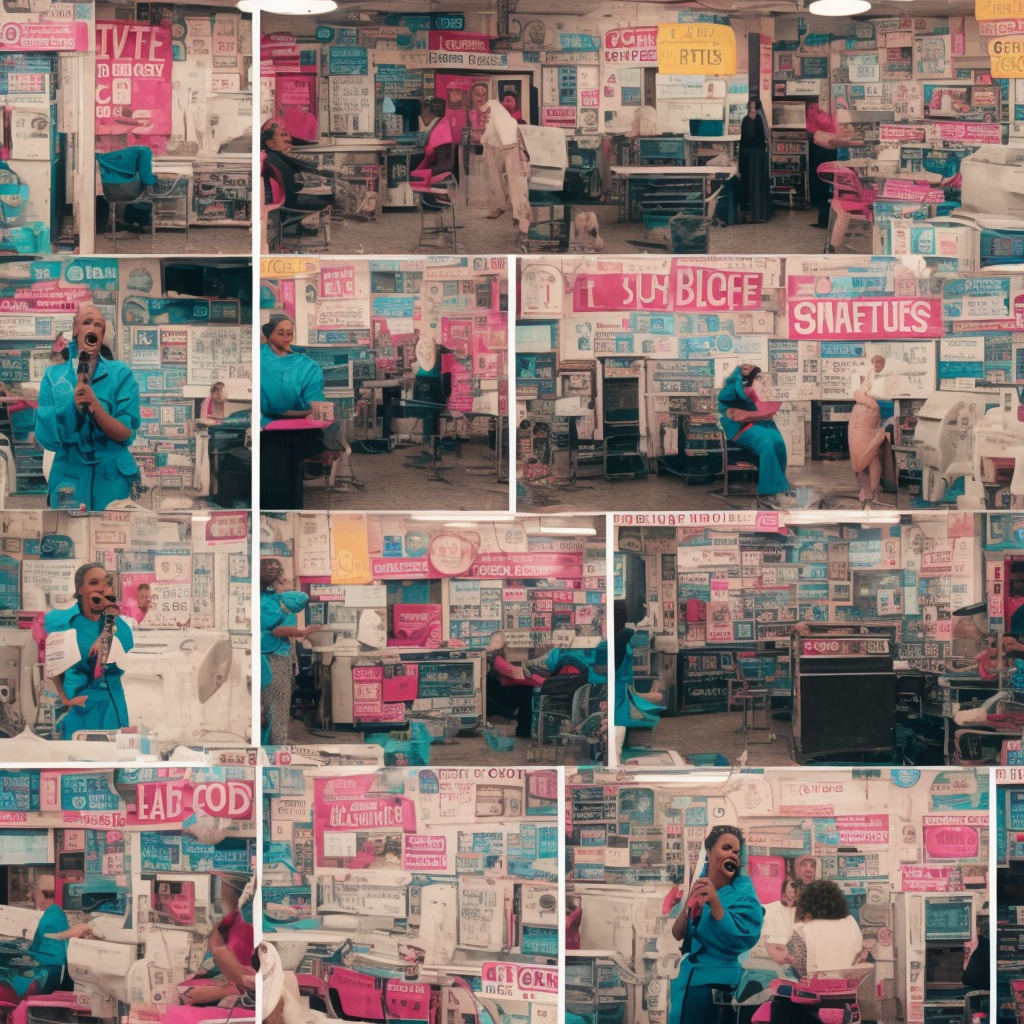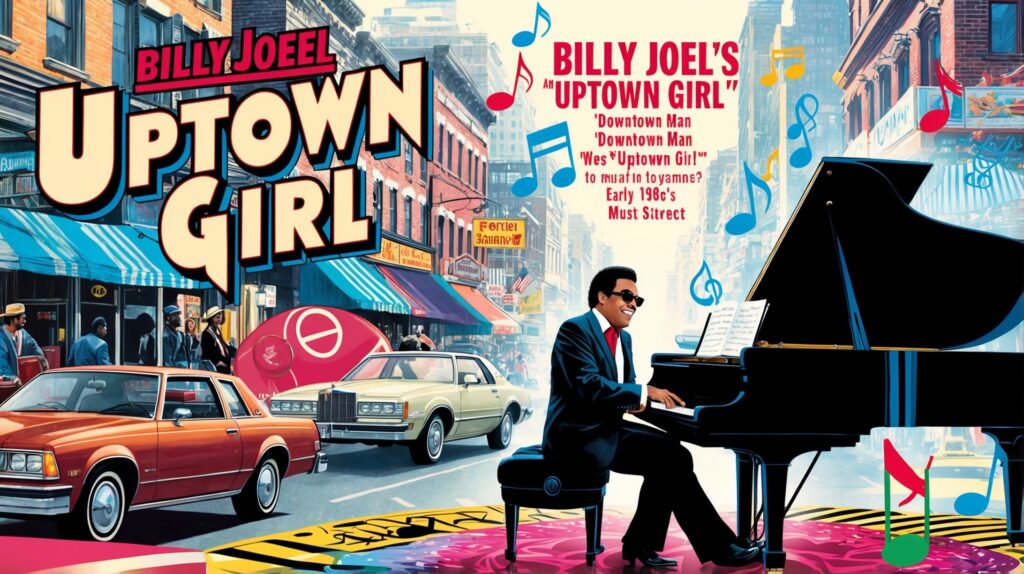A Soulful Classic: Babyface’s “When Can I See You”
Kenneth Brian Edmonds, better known as Babyface, has been a stalwart in the music industry since the 1980s. As a prolific songwriter, record producer, and performer, Babyface has solidified his name among the greats. He has worked with the likes of Whitney Houston, Toni Braxton, and Boyz II Men, just to name a few. Throughout his career, Babyface has garnered numerous accolades, including 11 Grammy Awards, further cementing his status as a musical powerhouse.
One of Babyface’s most memorable hits, “When Can I See You,” showcases his expertise as a soulful balladier, and the song’s heartfelt lyrics have resonated with listeners since its release in 1993. Featured on his third solo album, “For the Cool in You,” this track emerged as a chart-topping success, reaching No. 4 on the Billboard Hot 100 and earning Babyface a Grammy Award for Best Male R&B Vocal Performance in 1995. However, some critics argue that the song’s simplicity and minimal production feel dated. Yet, the emotional depth of Babyface’s vocals and his masterful songwriting shine through, proving that “When Can I See You” remains a timeless classic that will continue to touch the hearts of music lovers for generations to come.
Unveiling the Magic Behind Babyface’s “When Can I See You” Music Video
When it comes to the music video for “When Can I See You” by Babyface, the visuals perfectly complement the heartfelt ballad. Released in 1994, the video was directed by the talented F. Gary Gray, who has built an impressive resume in the entertainment industry, directing films such as “Straight Outta Compton” and “The Fate of the Furious” as well as music videos for popular artists like TLC and Ice Cube.
The production details of the music video are quite intriguing, as it features a minimalist, yet effective approach to storytelling. The video is primarily set in a dimly lit room, beautifully decorated with candles and draped fabric, creating an intimate and romantic ambiance. Babyface is positioned at the center of the room, playing the guitar and singing, while the video occasionally cuts to close-up shots of his face, emphasizing the raw emotion of the lyrics. These visuals do an excellent job of highlighting the vulnerability and sincerity of the song.
The budget for the music video has not been disclosed, but it is evident that the artistic approach was carefully crafted to bring out the essence of the song without any excessive or unnecessary elements. The simplicity of the video allows the viewer to focus on the poignant lyrics and Babyface’s soulful performance, thereby creating a truly memorable experience.
Though there isn’t an official narrative or storyline in the video, the artful and subtle presentation of the visuals leaves room for the viewers to connect their own experiences and emotions to the song. This approach was quite popular in the 90s, as it allowed music videos to be both visually captivating and emotionally resonant for audiences.
In terms of fan tributes and alternate videos, YouTube features a wide array of heartfelt covers and interpretations of “When Can I See You” by fans and aspiring musicians alike. These renditions showcase the song’s lasting impact and the deep connection listeners have formed with Babyface’s sentimental ballad over the years.
In conclusion, the music video for “When Can I See You” by Babyface is a testament to the power of simplicity and raw emotion in visual storytelling. The director’s artistic vision, coupled with Babyface’s soulful performance, creates an unforgettable experience that continues to resonate with fans more than two decades after its release.
Charting the Success of “When Can I See You”
The song “When Can I See You” was released on September 13, 1994, as part of Babyface’s third studio album, “For the Cool in You.” As one might expect from a talent like Babyface, the song quickly found its way onto several music charts, amassing both commercial success and critical acclaim.
Upon its release, “When Can I See You” made its debut at number 70 on the Billboard Hot 100 chart dated October 1, 1994. The song quickly gained momentum in the following weeks, climbing up the charts and eventually peaking at number 4 on November 19, 1994. In total, “When Can I See You” spent an impressive 20 weeks on the Billboard Hot 100 chart.
This Babyface classic also experienced success on other Billboard charts. It reached number 2 on the Adult Contemporary chart and number 6 on the Hot R&B/Hip-Hop Songs chart. Internationally, the song made its mark as well – charting at number 16 on the Canadian RPM Top Singles chart and number 50 on the UK Singles chart.
Beyond its chart performance, “When Can I See You” garnered recognition at the 37th Annual Grammy Awards in 1995. The song was nominated for Best Male Pop Vocal Performance, and more notably, Babyface took home the Grammy for Best Male R&B Vocal Performance, further solidifying the song’s legacy in his discography.
All in all, “When Can I See You” stands as a testament to Babyface’s songwriting and vocal prowess. Its chart success and accolades paint a clear picture of the impact the song had on listeners at the time of its release and continue to have today.
The Musical Mastermind: Babyface
Kenneth Brian Edmonds, professionally known as Babyface, is not only the voice behind “When Can I See You,” but also a prolific songwriter and producer responsible for a vast number of chart-topping hits over the past three decades. This 11-time Grammy Award winner has left an indelible mark on the music industry, penning songs for artists like Whitney Houston, Boyz II Men, and Toni Braxton.
Among his numerous outstanding creations, Babyface co-wrote the iconic song “End of the Road” for Boyz II Men, which spent a record-breaking 13 weeks at No. 1 on the Billboard Hot 100. Additionally, his collaboration with Eric Clapton on “Change the World” won a Grammy for Song of the Year in 1996. Babyface’s exceptional track record as a composer and producer showcases his versatility and ability to connect with audiences across various genres, making him a true force to be reckoned with in the music world.
The Soul-Stirring Lyrics of “When Can I See You”
When can my heart beat again
When does the pain ever end
When do the tears stop from running over
When does “you’ll get over it” begin
I hear what you’re saying
But I swear that it’s not making sense
So when can I see you
When can I see you again
When can my heart beat again
When can I see you again
And when can I breathe once again
And when can I see you again
Babyface’s “When Can I See You” is a heartrending ballad that speaks to the soul. The lyrics poetically explore the emotions of an individual trying to make sense of life after losing someone dear to them. These raw and vulnerable lyrics resonated with many listeners during the time of the song’s release in 1994.
In the mid-90s, the world was witnessing numerous events that were challenging on both a personal and global level. With conflicts like the Yugoslav Wars and the Rwandan genocide taking place, many people were grappling with loss and heartache. In the United States, the nation was recovering from the LA riots and a recession, leading to a sense of uncertainty.
The lyrics of “When Can I See You” capture the essence of this collective pain and longing by asking questions like, “When do the tears stop from running over?” and “When does ‘you’ll get over it’ begin?” As the lyricist, Babyface conveys a universal message of hope and healing, which many listeners found comforting during these turbulent times.
Furthermore, the lyrics of “When Can I See You” highlight the importance of connection and understanding in times of despair. The line “I hear what you’re saying, but I swear that it’s not making sense” expresses the confusion and difficulty in moving on after a heart-wrenching event. Through this piece, Babyface has created an anthem for those seeking solace and empathy during personal or global turmoil.
By delving into the raw emotions of heartache, longing, and the struggle to move on, Babyface’s “When Can I See You” serves as both a mirror and a balm for those enduring the pain of loss. This timeless ballad offers a poignant reminder of the power of music to connect us to our shared human experience and to provide solace during the most trying of times.
Accolades and On-Screen Appearances
“When Can I See You” by Babyface has undoubtedly made its mark in the world of music. Released in 1994, the song garnered high praise and even earned Babyface a Grammy Award for Best Male R&B Vocal Performance in 1995. The song’s success catapulted Babyface’s 1993 album “For the Cool in You” to new heights, furthering his reputation as a soulful crooner. As for the song’s appearances in various forms of media, “When Can I See You” has popped up in a few instances, though primarily in TV and film. Most notably, it was featured in the 1995 film “Bad Boys” starring Will Smith and Martin Lawrence, helping to solidify its place in pop culture history.
In addition to its Grammy win and media appearances, “When Can I See You” has inspired various artists to create their renditions of the much-loved track. Notable cover versions include one by jazz guitarist Earl Klugh, who recorded an instrumental version of the song on his 1996 album “Sudden Burst of Energy.” Another cover worth mentioning is the version by Brian McKnight, which was featured in his MTV Unplugged performance in 1997. These covers and adaptations stand as a testament to the song’s enduring appeal and impact on the world of R&B music.
A Closer Look at “When Can I See You”
When examining the musical anatomy of “When Can I See You,” it becomes clear that Babyface’s songwriting prowess is at full display. The song is written in the key of G minor, with a chord progression moving between G minor, C minor, and F major. The verses primarily follow the progression Gm-Cm-F, while the chorus shifts slightly to Gm-Cm-Dm-F. This subtle change adds a sense of resolution and lift to the chorus, further emphasizing the heartfelt longing expressed in the lyrics. The tempo of the song is set at a moderate pace of approximately 80 BPM, which contributes to the ballad’s gentle, flowing quality.
The song’s structure adheres to the classic verse-chorus-verse-chorus-bridge-chorus format, allowing the listener to anticipate and embrace the emotional highs and lows. The verses are characterized by arpeggiated guitar chords and a sparse arrangement, putting the spotlight on Babyface’s tender vocal delivery. As we move into the chorus, additional instruments such as strings and keyboards are introduced, creating a lush soundscape that envelops the listener in the emotion of the song. The bridge serves as a departure from the established pattern, featuring a descending chord progression (Bb-F/A-Gm-Gm/F-Eb) that creates tension before resolving back into the final chorus. This masterful use of musical structure and dynamics is a testament to Babyface’s exceptional songwriting skills, which continue to resonate with listeners even decades after the song’s release.
🎶 Did you know #Babyface wrote “When Can I See You” in just 10 minutes?! 🔥 Talk about a smooth hit-maker! Can’t get enough of this classic heart-melter. 💘🎸 #Throwback #SongTrivia #QuickGenius
Click to Tweet







